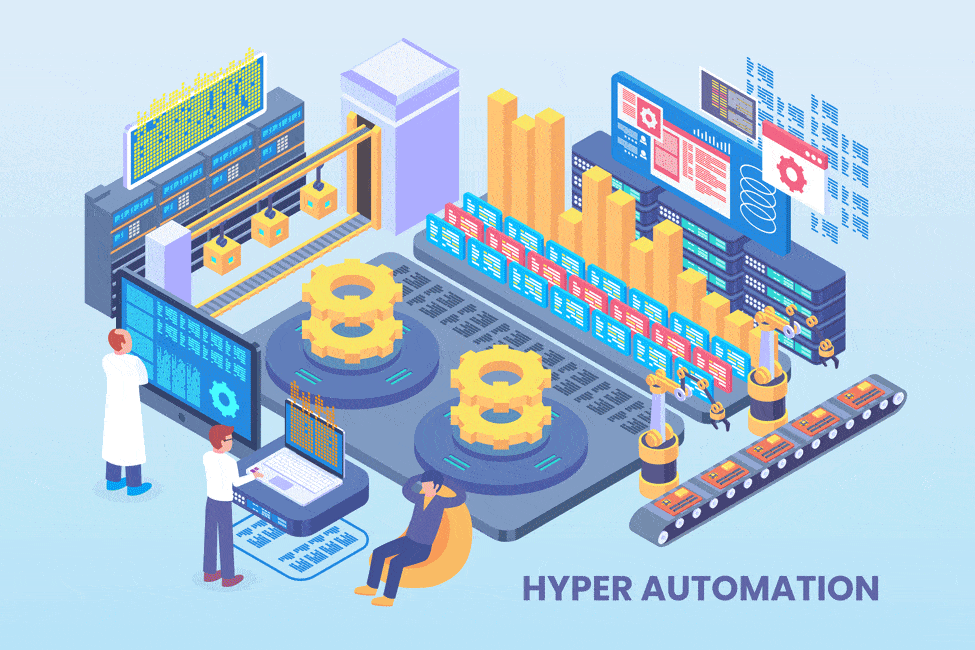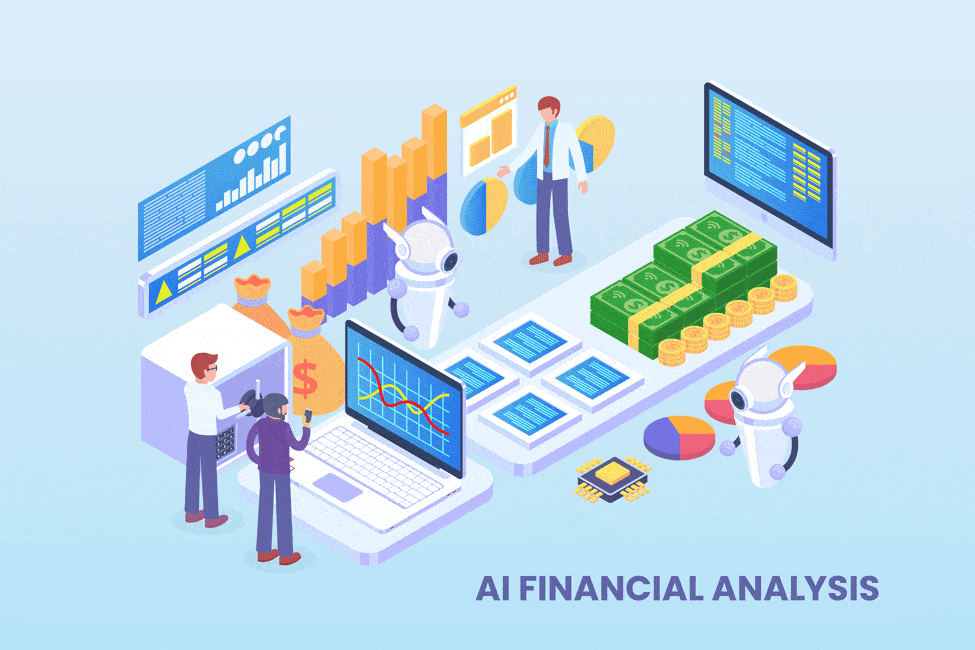Finally Sector Rotation?
Between the practice of trading and the academic empirical studies lies the sector rotation. On on hand, most evidence about business-cycle rotation suggests it doesn’t work whereas, on the other, practitioners have employed value-based sector rotation with some success. After a short review, my suggestion for the coming months…







